We are proud to invite you to seminars by Dr. Marco Lisi on this week!
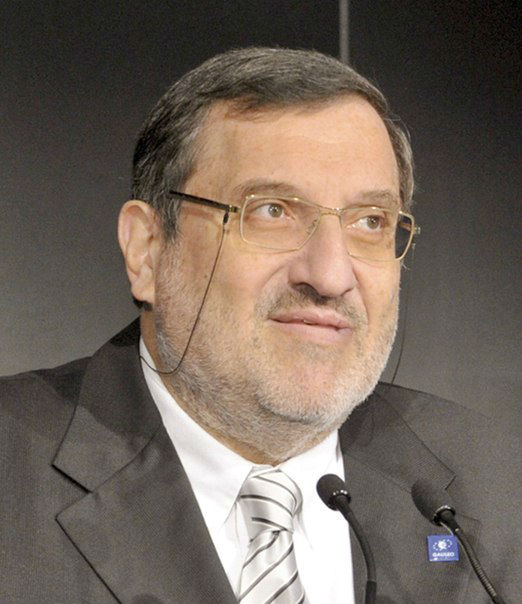 13 of March, 1 pm (Hypercube) – Seminar “Galileo, the European Navigation System: Status and Challenges”.
13 of March, 1 pm (Hypercube) – Seminar “Galileo, the European Navigation System: Status and Challenges”.
14 of March, 5 pm (Hypercube) – Lecture “An introduction to Service Systems Engineering”.
About the speaker:
Dr. ing. Marco Lisi is presently GNSS Services Engineering Manager at the European Space Agency, in the Directorate of GALILEO Programme and Navigation related activities. In this position he is responsible for the engineering and exploitation of services based on the European navigation infrastructures, Galileo and EGNOS. He was previously responsible for the systems engineering, operations and security activities in the Galileo project.
In October 2012, he was appointed Special Advisor of the European Commission on European space policies.
After getting a “summa cum laude” doctorate in engineering in 1980, he has worked for more than thirty years in the aerospace and telecommunications sectors, covering managerial positions in R&D, engineering and programs, both in industry and in institutional organizations. During his professional career, he was directly involved in a number of major satellite programs: Italsat, Olympus, Artemis, Meteosat Operational, Meteosat Second Generation, Sicral 1A, Globalstar, Cosmo-Skymed, Galileo.
Dr. ing. Lisi is Senior Member of IEEE (“Institute of Electrical and Electronics Engineers”) and of AIAA (“American Institute of Aeronautics and Astronautics”), Member of ION (“Institute of Navigations. He is also Fellow Member of the British Interplanetary Society and “Honorary Life President” of the Italian chapter of INCOSE (Ïnternational Council on Systems Engineering”), that he founded in 2008.
Dr. ing. Lisi holds four international patents and authored more than one hundred and fifty technical papers.
Abstracts:
Galileo, the European Navigation Satellite System: Status and Challenges
The Galileo global navigation satellite system, joint initiative by the European Union and the European Space Agency, is one of the most ambitious and technologically advanced service-oriented systems being developed in Europe.
Galileo, Europe’s contribution to the future GNSS system of systems, is a state-of-the-art global navigation satellite system, providing highly accurate, guaranteed global positioning, navigation and timing services under civilian control. Galileo will at the same time be interoperable with GPS and GLONASS, the two other global satellite navigation systems.
With 4 satellites in space, launched by pair on 21 October 2011 and 12 October 2012 from Kourou, French Guiana, the Galileo project has just successfully completed the In-Orbit Validation (IOV) phase, aimed at qualifying the Galileo space, ground and user segments through extensive in-orbit/on-ground tests and operations of a core satellite constellation and of the associated ground segment.
The In-Orbit Validation (IOV) architecture is being implemented as an integral part of the Full Operational Capability (FOC), i.e. the complete system, consisting of 30 satellites and a set of remote stations distributed worldwide to command and monitor the constellation and deliver the navigation and timing services to the users. Now that the overall design has been validated, the system will be progressively completed, in a staggered approach, to reach the FOC.
Full operations and services will commence when all the satellites have been deployed.
However, after a political decision of Vice-President Antonio Tajani, then included by President Manuel Barroso in the agenda of the European Commission, Galileo will start delivering Early Services as from the end of 2014.
The presentation will summarizes the present status of the Galileo development and procurement activities. Moreover, it will describe the engineering of Galileo as a service-oriented system, in terms of service infrastructures, organization, methodologies, processes and procedures.
An Introduction to Service Systems Engineering
The increasing need for large and complex systems, focused on the provision of services, derives from the paradigm shift taking place in the world, i.e. the advent of a service-based economy.
Service (or service-oriented) systems are systems meant to provide value-added services through the use of technology (mainly communications and computer technologies).
A “service system” (or value co-creation system) has been defined as a dynamic configuration of people, technology, organizational networks and shared information (such as languages, processes, metrics, prices, policies, and laws) designed to deliver services that satisfy the needs, wants, or aspirations of customers.
Service systems engineering (also known as Service Science Management & Engineering, SSME) is a branch of systems engineering that focuses on problems and issues that arise in the design and development of service oriented systems.
Applying systems engineering to service systems, specific systems engineering methods are needed. In particular, traditional system development methods, essentially requirements-driven, are best suited for systems based on a specific and static set of requirements. In service systems, characterized by a higher dependence on operational constraints and by an increasing volatility of requirements, such methods become less viable and effective.
From this perspective, model-driven system development methods result in system architectures more able to capture the different “views” of the system (technical, technological, operational) and to cope with evolving mission or business needs.
A service should be developed and delivered to achieve maximum customer satisfaction at minimum cost. One crucial question is: how to define, measure or evaluate service performance?
While functional and technical performance are typically defined in the System Requirements Document (SRD) and operational requirements and scenarios are described in the Concept of Operations (CONOPS) document, a Service Level Agreement (SLA) also needs to be provided, defining expected service behavior and non-functional properties of the service delivered in terms of Key Performance Indicators (KPI’s).
The presentation will address service systems engineering from various perspectives, to conclude that the design of a complex service enterprise requires a wide range of skills and expertise’s, covering organizational, engineering, social, legal and contractual aspects.
A typical SLA defines Key Performance Indicators (KPI’s) and Key Quality Indicators (KQI’s), with target values and target ranges to be achieved over a certain time period.
Several evaluation measures can be identified and tracked. As far as processes are concerned, performance (Quality, Reliability, Throughput), productivity (Efficiency, Effectiveness) and safeguards (Security, Safety) are to be monitored over time.
Service systems are often very large systems, developed and deployed worldwide. Extensive logistics and maintenance support capabilities are therefore required. The “Through-life system approach” looks at a system from its initial definition through its in-service-management and down to its disposal (“from cradle to grave”), recognizing the value of a concurrent engineering and that the initial purchase cost (and risk) of a system is only a small fraction of the total cost of procurement.
This is particularly applicable to large space-based systems, conceived to be in service for a long time: in this case the evolution of the system (up-gradings and modifications) has to be built into the program from the beginning.
In service systems, the human factor becomes very important. Let us think, as a matter of example, to the operations of a large space-based system, where hundreds of people will be involved. As the human component of systems increases, issues related to human-machine interactions and to poor training or operational procedures will also increase. Indeed, a US DoD study has shown that 40 to 60 per cent of the total cost over the system’s lifecycle is for manpower, personnel and training. A human-centered design approach is needed, that is part of the holistic approach mentioned earlier.
Last but not least, since service systems are real-time in nature, the human decision maker or service provider will increasingly become a bottleneck in the overall process. Organizational and governance aspects need to be carefully addressed.
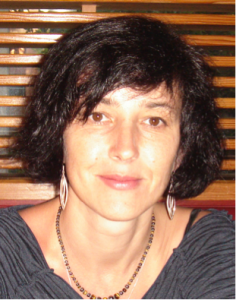
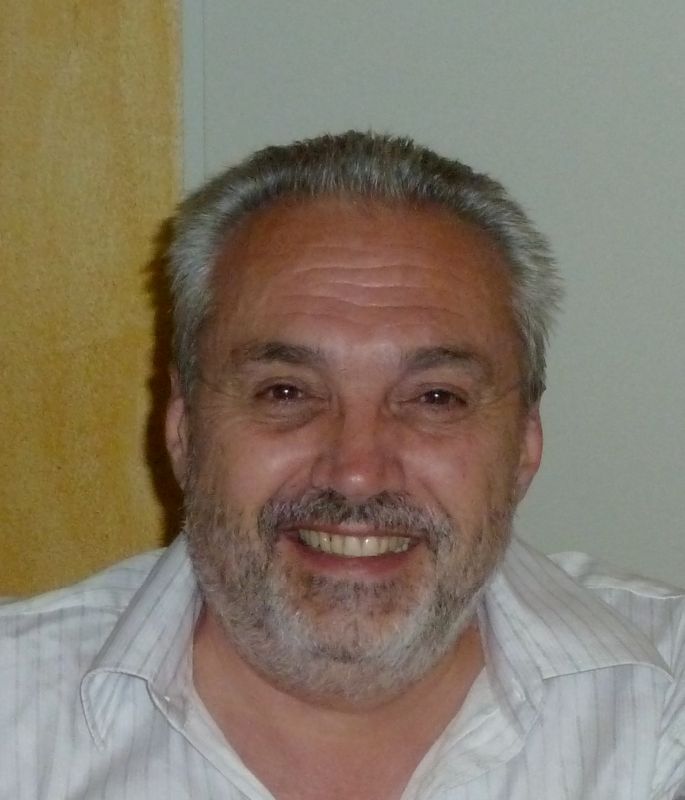 Prof Tudor Ratiu
Prof Tudor Ratiu 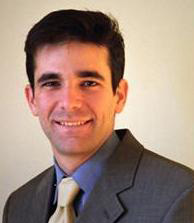 Prof. Sheen S. Levine
Prof. Sheen S. Levine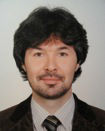 Dr Rustam Khaliullin
Dr Rustam Khaliullin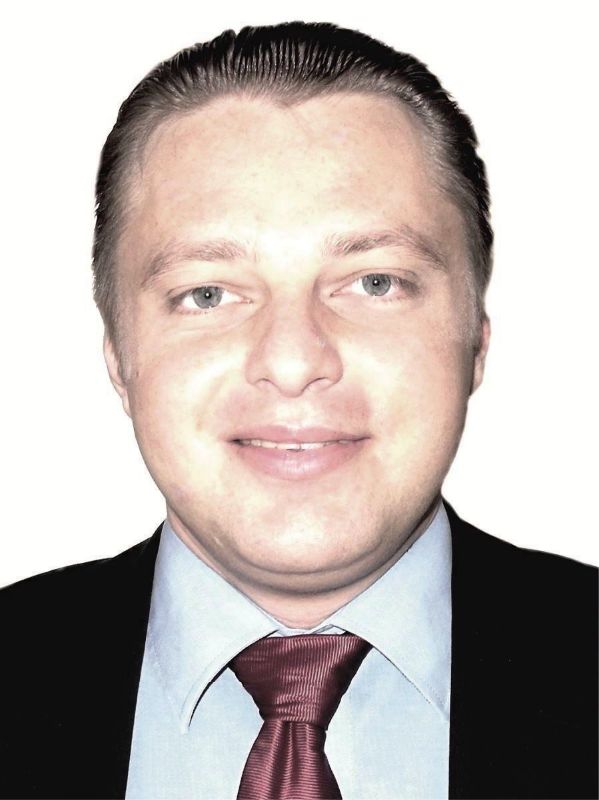 Dr. Alexander Solovev
Dr. Alexander Solovev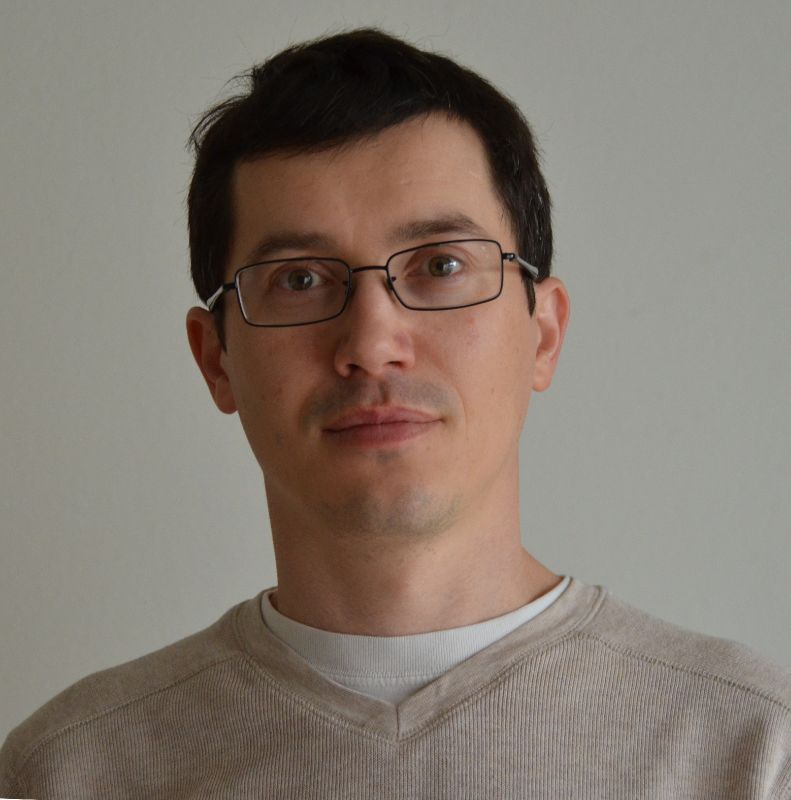 Dr Konstantin Piatkov
Dr Konstantin Piatkov